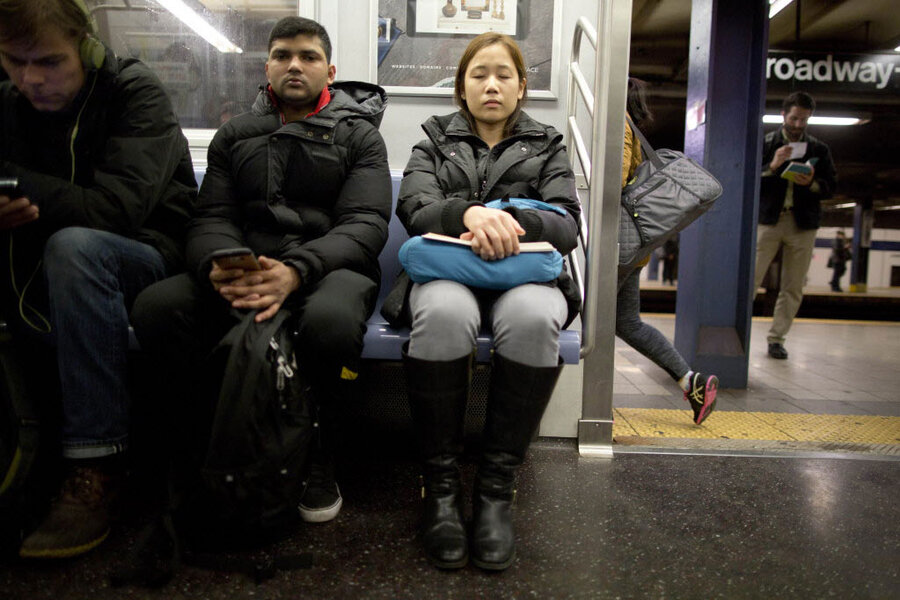What's being done to combat rise in stabbings in New York City?
Loading...
After a recent uptick in stabbings in New York City, officials are crafting strategies to improve public safety, while simultaneously assuring residents that the incidents are isolated and not part of a broader pattern.
The number of knife attacks in the city has climbed by 15 percent in the past year, according to the New York Police Department. The jump was highlighted after a young woman in Prospect Heights, Brooklyn, was attacked while riding the 3 train on Tuesday night. Her attacker has not yet been caught, but the suspects involved in two previous unrelated incidents have been apprehended.
Despite the spike in stabbings, New York officials warn against labeling it as a trend.
"These are individual incidents," Mayor Bill de Blasio told reporters during a press conference on Wednesday. "There is not a pattern here."
That assertion echoes comments made last week by Commissioner William Bratton.
“I don’t know if they’re copycat or not,” Commissioner Bratton said. “Each one seems to have its own motivation when we make the arrest and get into what was behind it. As I’ve indicated, sometimes they’re emotionally disturbed persons. So their rationale is beyond rationalization.”
The attacks have not been isolated to one particular borough or neighborhood.
In order to continue combating crime, and tackle the problem of stabbings in particular, the NYPD is interested in introducing a plan to the Metropolitan Transit Authority (MTA) that would ban “career criminals” from riding the subway.
That proposal would require political maneuvering to establish. However, the department has more immediate plans to start waking sleeping passengers and remind them about being alert. About half of all crimes committed on the subway target sleeping passengers, Gothamist.com reported.
Some are worried that an initiative to shake passengers awake will unfairly target straphangers of color and create even more negative interactions with the police.
“It’s going to lead to a lot of conflicts with the police,” a subway vendor told the New York Daily News. “It’s going to go from ‘Wake up’ to ‘Can I see some ID?’ to ‘Would you please come off the train.’ It starts as a wake up and ends with harassment.”
Of the 37 assaults that occurred in the subway in January, six were slashings and four were stabbings, compared to three slashings and two stabbings during the same period in the year prior. However, violent crime has taken a major plunge across the five boroughs: killings and shootings have declined by 45 and 33 percent, respectively, Commissioner Bratton pointed out on Wednesday.






